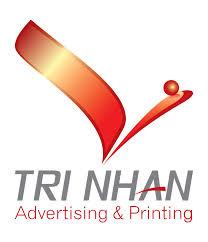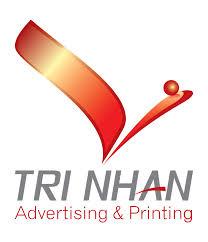The global aluminum window profile market is poised for steady expansion, driven by increasing construction activities, urbanization, and the growing emphasis on energy-efficient building materials. Aluminum window systems are recognized for their long-term durability, lightweight properties, corrosion resistance, and design flexibility. These qualities make them a preferred choice for residential, commercial, and industrial applications, supporting the global shift toward sustainable and high-performance construction practices.
As construction standards evolve, the demand for thermally insulated and energy-efficient window solutions continues to rise. Homeowners, builders, and architects prefer aluminum profiles for modern housing projects, commercial buildings, and industrial infrastructure. The slim frame designs, improved thermal performance, and low-maintenance properties align with contemporary architectural trends, contributing to higher adoption rates worldwide.
The aluminum window profile growth forecast provides a detailed projection of market expansion across various regions and application segments. According to analysis, Asia-Pacific will continue to lead in consumption due to ongoing infrastructure development, urbanization, and rising investments in commercial and residential construction. Europe focuses on advanced thermal break profiles to meet strict energy efficiency standards, while North America demonstrates steady demand through renovations and modern building designs. Emerging markets in Latin America, the Middle East, and Africa are also expected to contribute to market growth due to increased industrial and commercial construction.
Technological advancements are a key factor supporting future growth. Innovations in extrusion processes, thermal break technology, powder coating, and CNC machining improve product quality, efficiency, and customization capabilities. Manufacturers investing in these technologies can meet diverse customer needs while offering durable, energy-efficient, and aesthetically appealing solutions. Additionally, the adoption of sustainable and recyclable materials enhances market attractiveness by aligning with global green building initiatives.
Residential applications remain the largest segment due to the demand for modern, low-maintenance, and energy-efficient homes. Commercial and industrial applications are also expanding, driven by office buildings, hotels, retail complexes, factories, and warehouses that require robust and reliable aluminum window systems. Modular construction and prefabricated building methods further support market growth by providing a consistent demand for standardized, high-quality aluminum profiles.
The Aluminum Window Profile Market report enables stakeholders to analyze growth drivers, market opportunities, and emerging trends. With ongoing innovation, rising urbanization, and increased adoption across diverse construction segments, the aluminum window profile market is expected to sustain robust growth in the coming years.
Browse More:
Aluminum Window Profile Market Size
Bridge Construction Market Share
Concrete Contractor Market Growth


